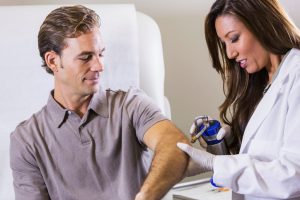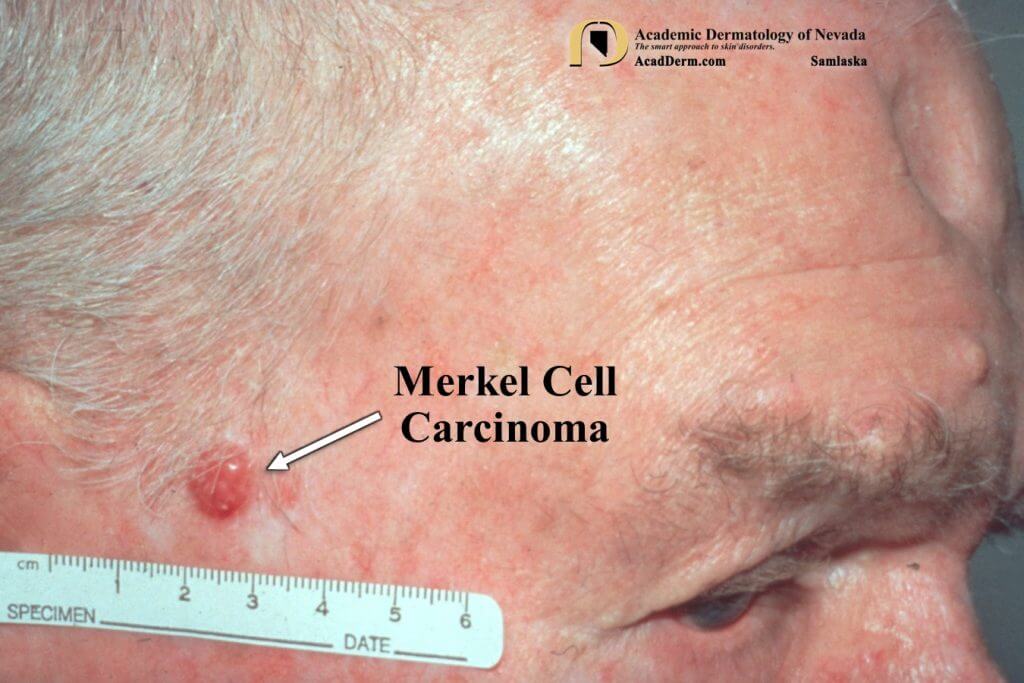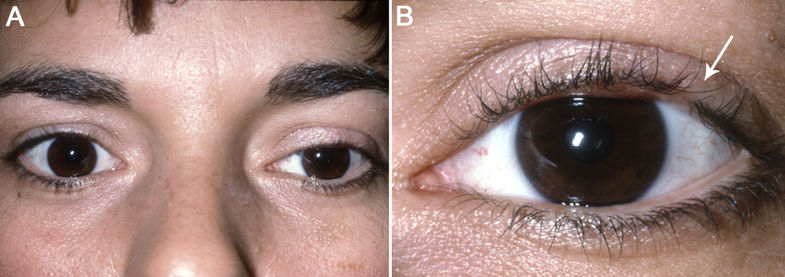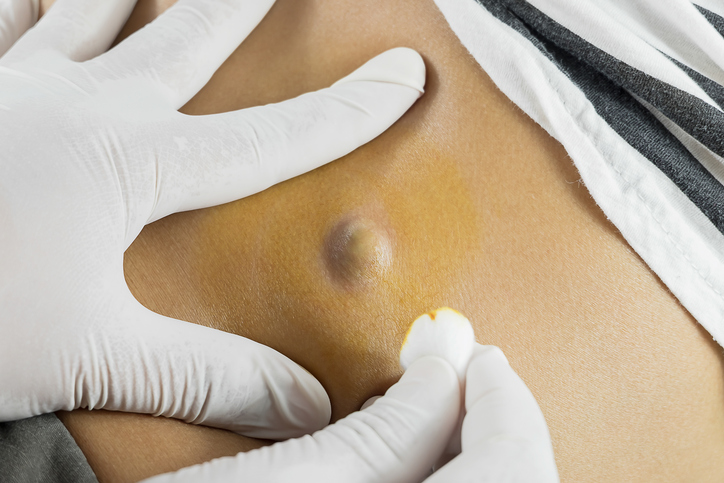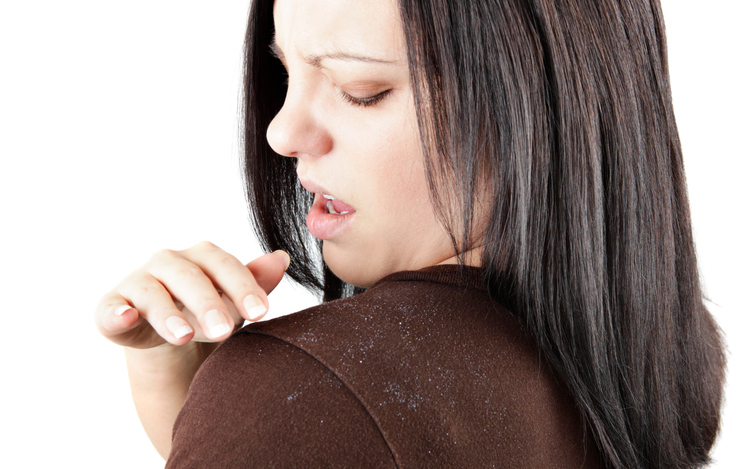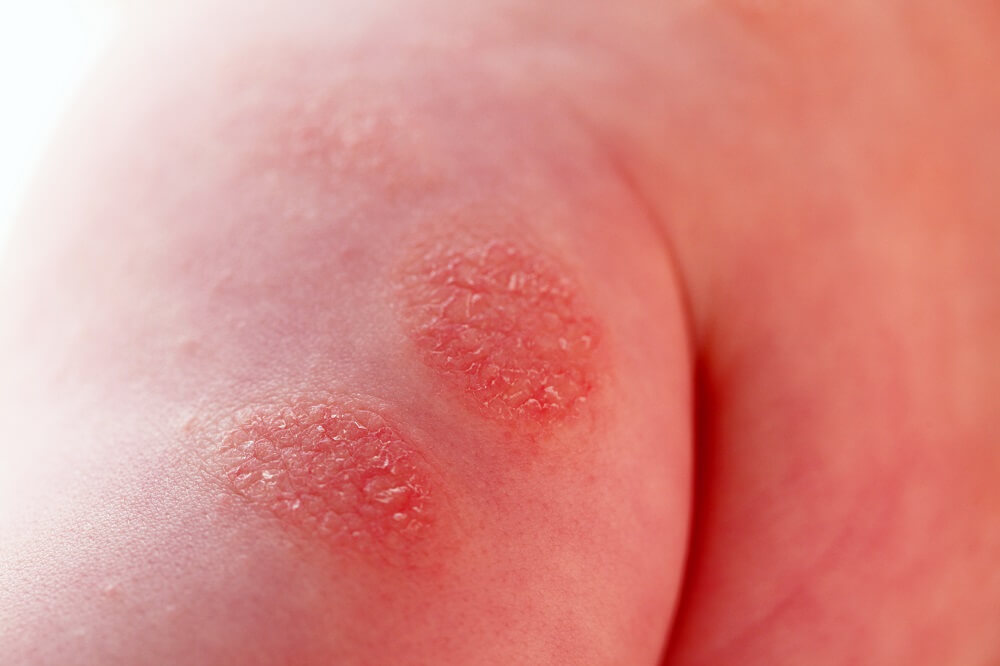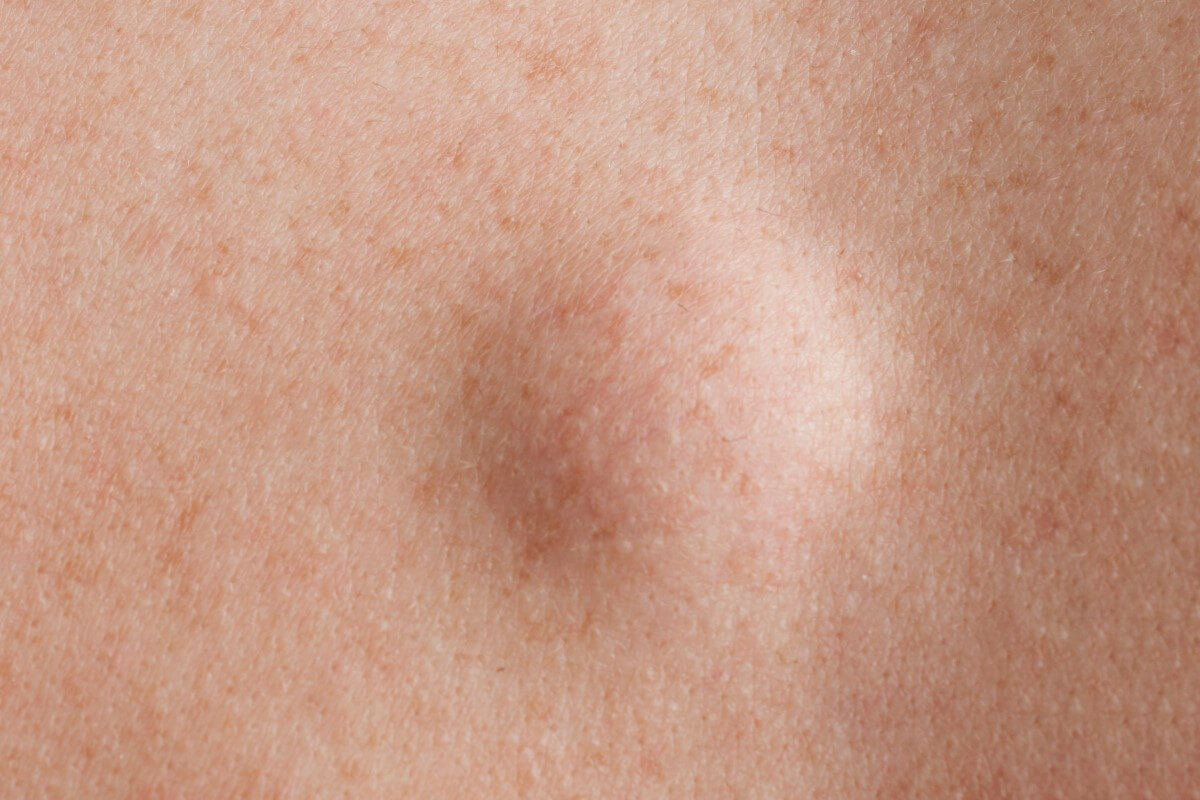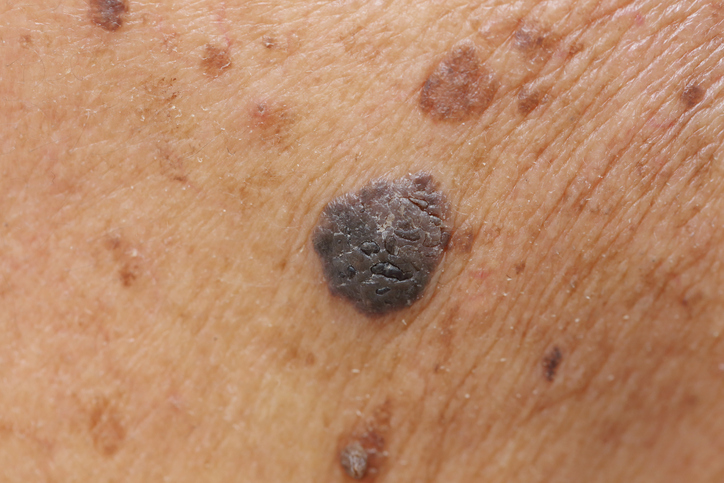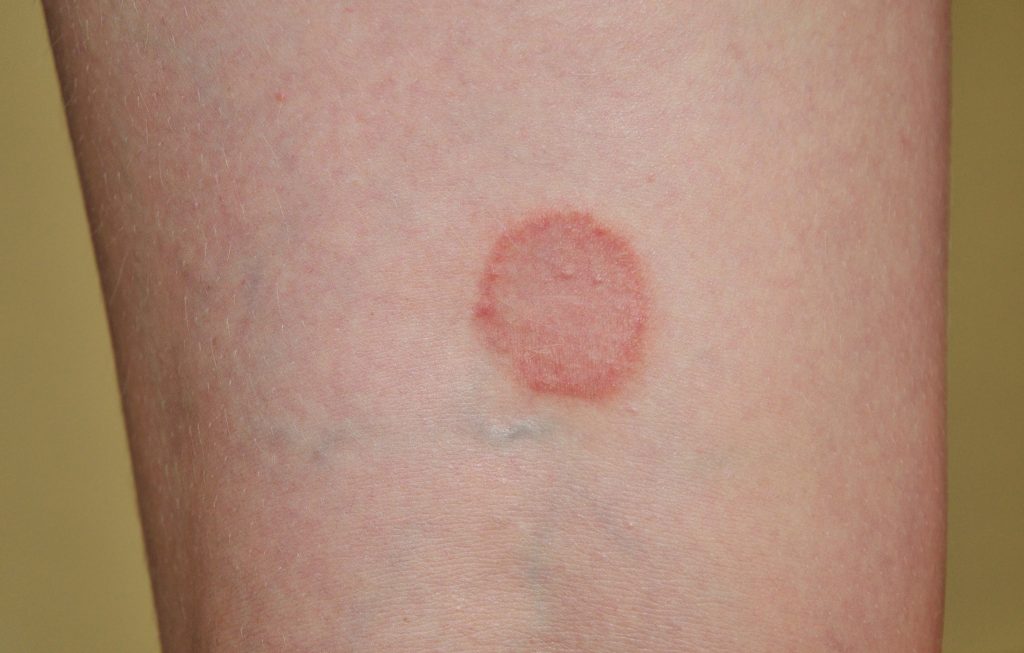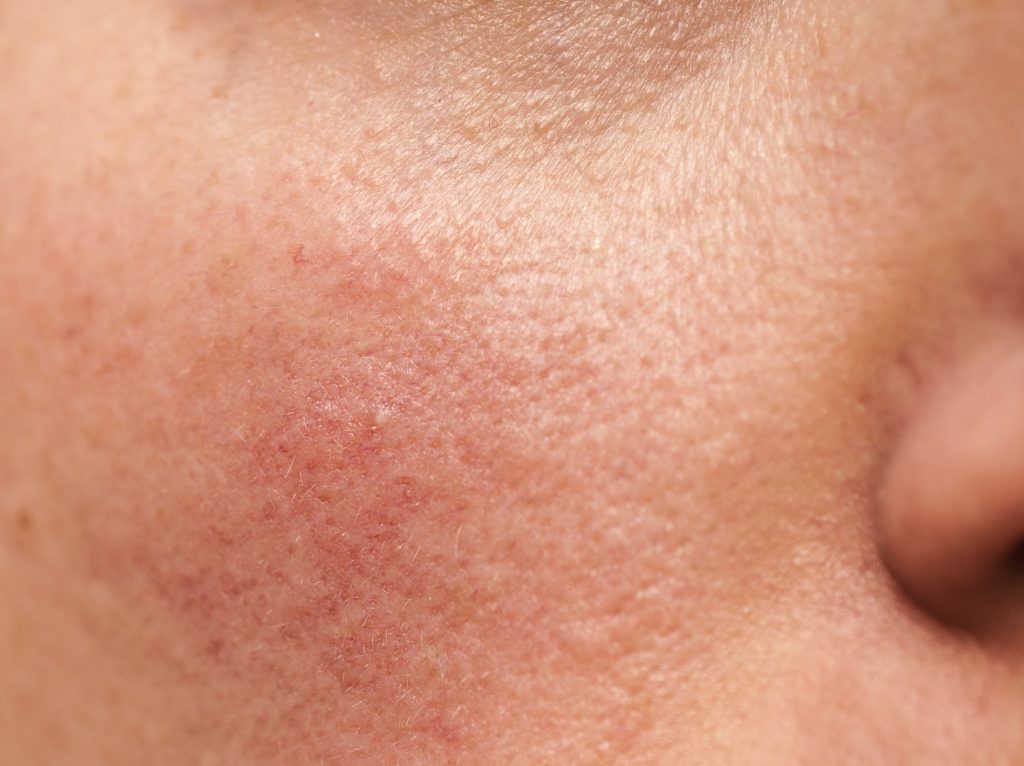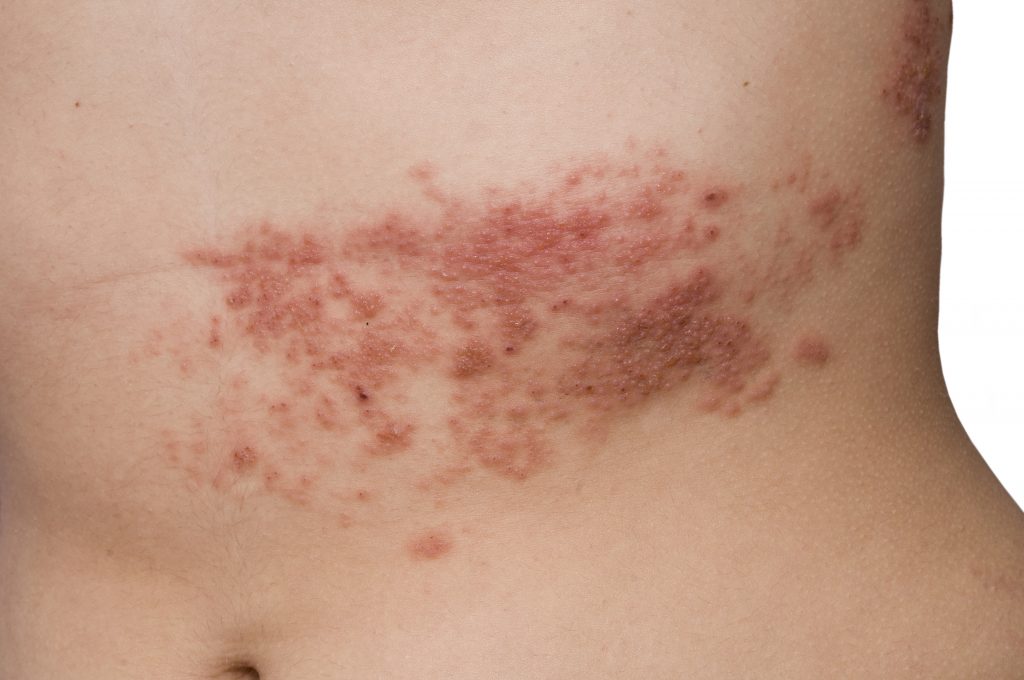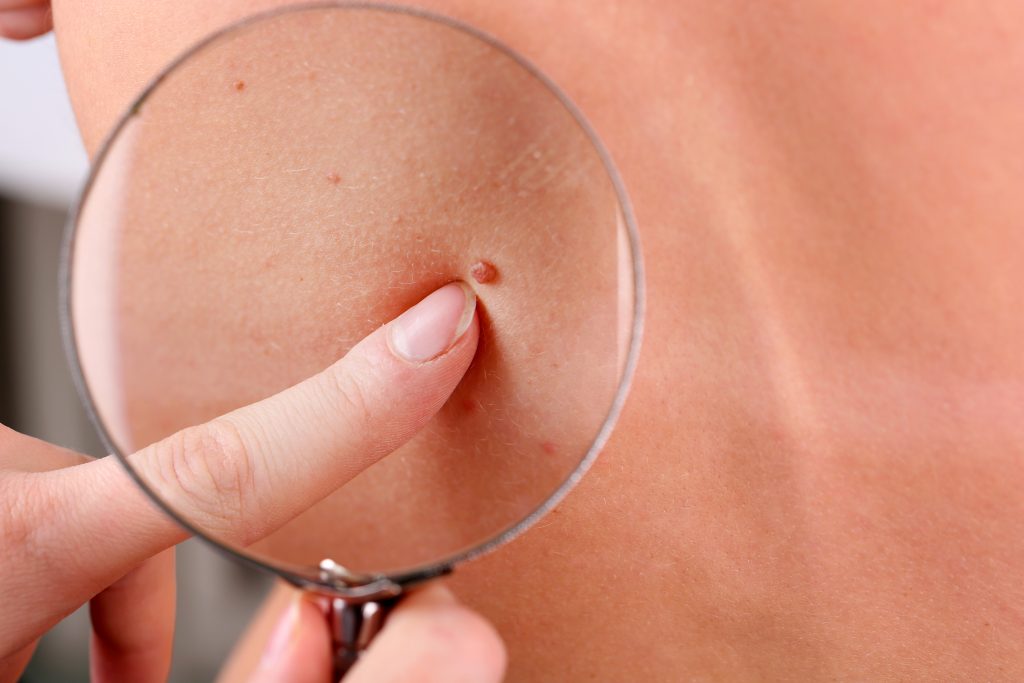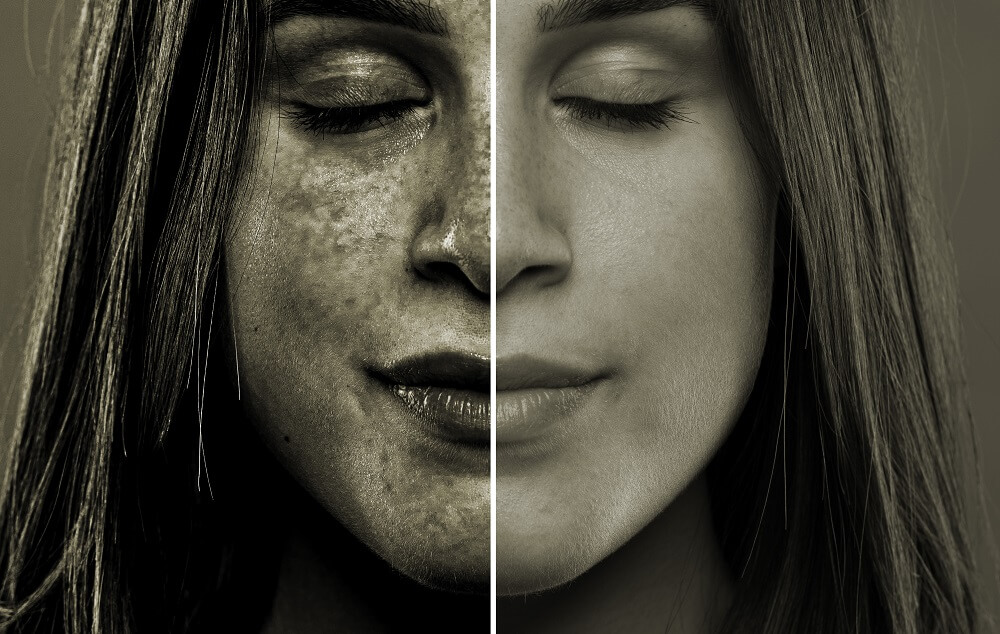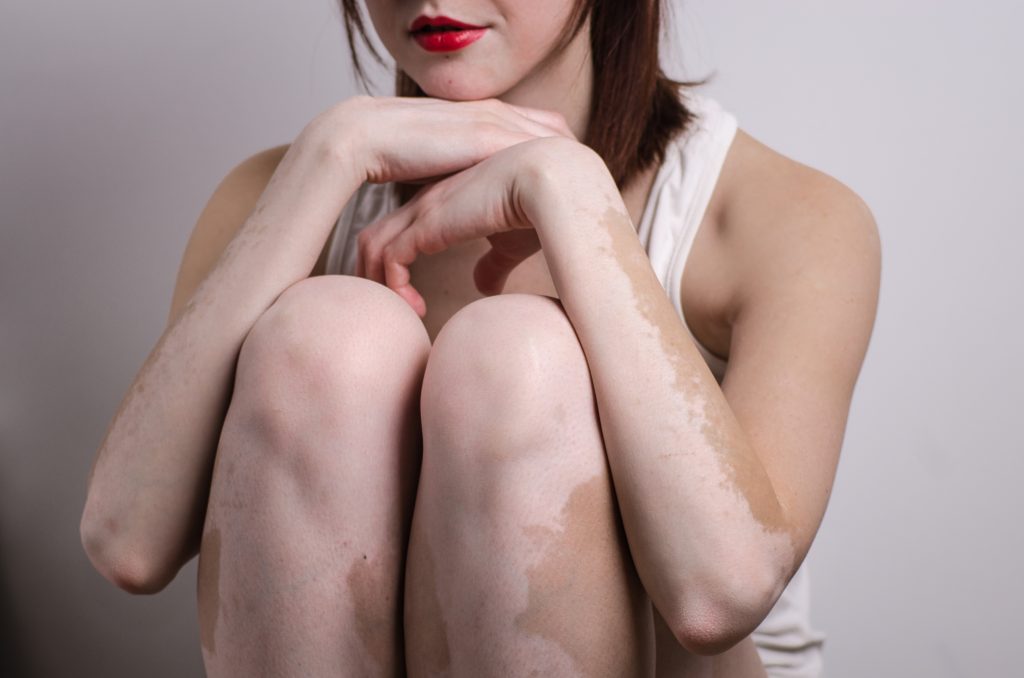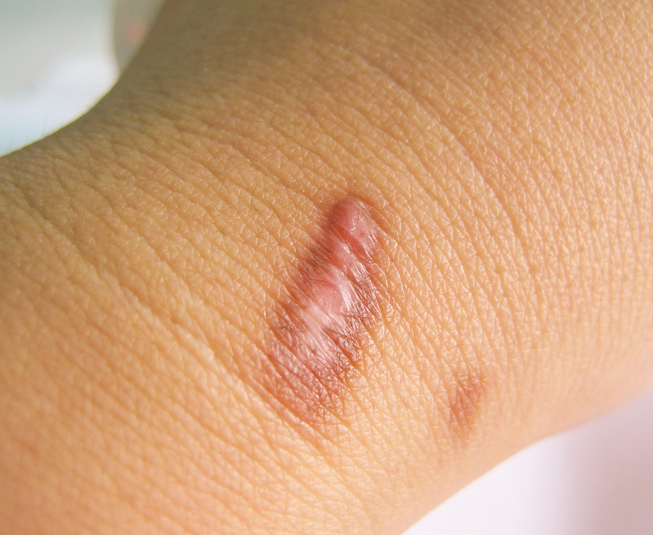Jay Gray was born and raised in Lawrence, KS. He earned a bachelor’s degree from the University of Kansas in 2006 and later completed his Master of Physician Assistant at Wichita State University in 2015.
When Jay was introduced to dermatology in school, he was immediately drawn to it and knew it was the specialty for him. He loves the visual and hands-on aspects of dermatology, and the process of problem-solving to help improve his patient’s conditions.
For Jay, the most rewarding part of his job is helping patients successfully treat a condition that has caused a significant decrease in their quality of life. He loves sharing in the joy of overcoming conditions that may have previously caused serious mental or physical discomfort. Acne and psoriasis are his favorite clinical conditions to treat; he also loves educating his patients on sun protection.
Jay and his wife have two sons. They spend time together bike riding, skateboarding, swimming, playing baseball, basketball, and soccer. They also enjoy traveling and going on new adventures with friends. Jay loves creating and listening to music, (he’s been a musician most of his life and plays the guitar, drums, and piano) and is active in his church community. Jay is a KU basketball and Royals baseball fan.
Jay Gray is accepting new patients at our Overland Park office.





